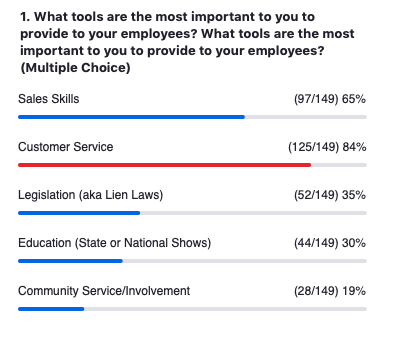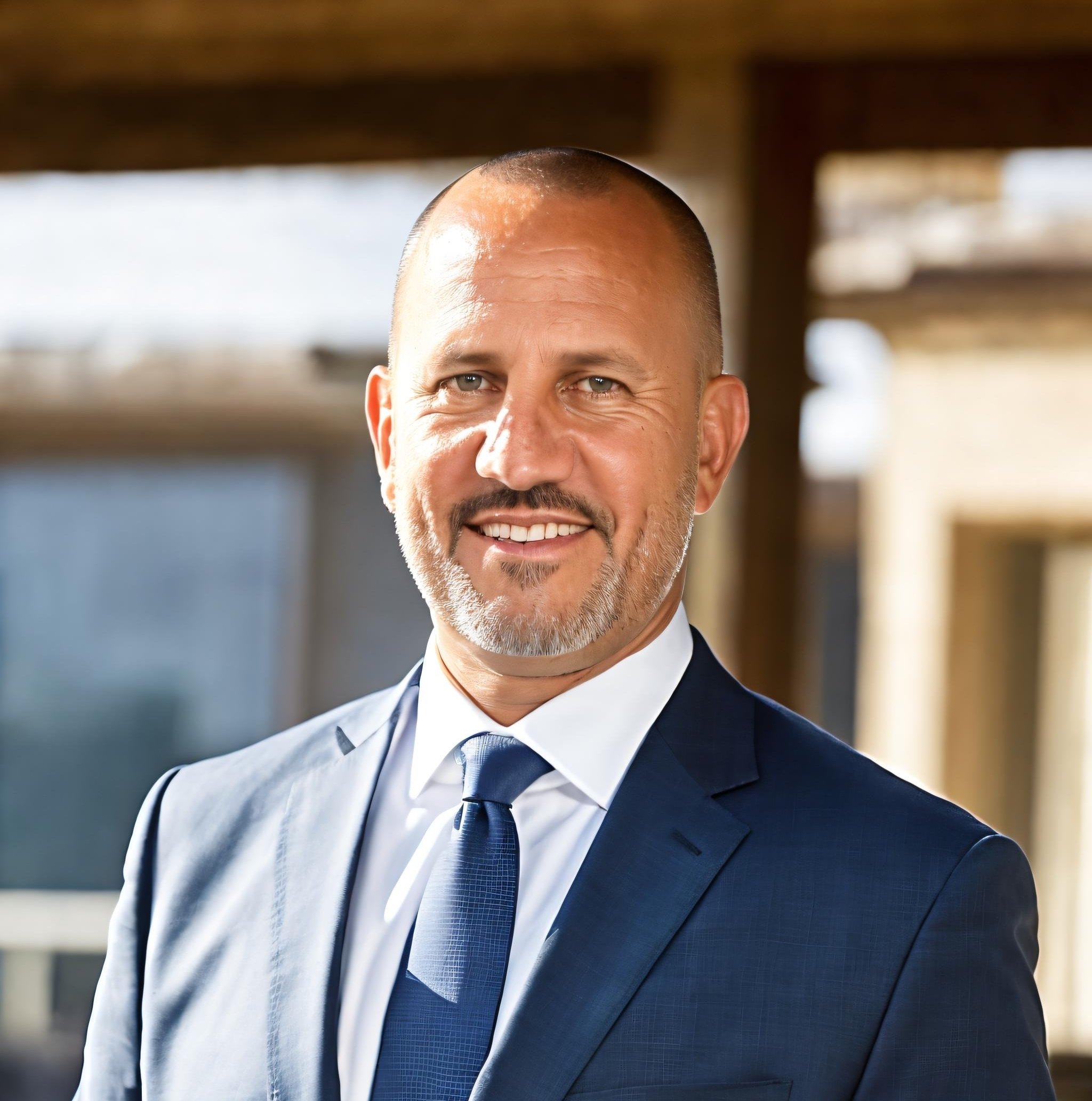Menu
Sign in below to keep watching.
Flooding, fires, hurricanes, and other disasters are a constant worry for most self storage operators. While these disasters are never fun to think about, you need a plan to deal with likely ones at your facility!
No matter where your facility is located, or how well it was built, there’s always a chance that something goes really wrong. In this session, we ask actual self storage operators what advice they would give to others trying to get ahead of the problem. Learn how they dealt with disaster at their facility - what they did, what they wish they'd done, and what they'll do now!
Featured Speakers: Kevin Leebrick & Scott McLaughlin
Moderators: Tommy Nguyen & Melissa Huff
Category: Operations
Focus: Owners & Operators
Aired: August 21, 2025
Duration: 1:08:21
Overview
If you don't have time to watch the whole session, here are some of our favorite parts:
When disaster strikes your business, it's important to take things one step at a time. Survey the damage once you are able to, make a plan, and start working your way through it. Luckily, with preparation, you can hopefully mitigate a lot of the damage to your properties, but you will still need a plan to recover from the damage that does occur. Having plans and processes in place will help relieve some of the stress of dealing with a disaster that has impacted your entire community.
Gabfocus Sessions are virtual workshops for self storage owners, managers, and operators. Brought to you by the team behind Gabfest: StoragePug and Lighthouse Storage Solutions.
Each session features hand-picked industry pros who will dive deep into relevant topics surrounding our industry, share best practices, and explore trends in the market. It's our hope that these sessions help you navigate your self storage business better during these uncertain times.
Want to learn more about self storage? Join us on select Thursdays for Gabfocus.



Our panelists will be happy to answer any questions you have. We hope you enjoyed this Gabfest Session. Talk soon!
“Once your operation is in place, you can become more dynamic with your pricing, but that requires data. You need some method of being able to record the data that you need to know whether your price is in the right place - whether you need to move it up or start giving some concessions.” - Warren Lieberman
“I never want to downplay to what someone else is doing. I'm better than they are, then I'm going to be worth a higher price. That's what value is. If you go out to a restaurant and get really good service, would you go back? Yes! What if it was pricier? You'd still go back because you got better service and a better product.” - Jim Mooney
"It's good to be informed on your competition. I don't want to ignore them, but I don't want to respond too strongly to them either." - Warren Lieberman
"We did a survey of 10,000 facilities on their pricing. We found out that two-thirds of those operators didn't change the price of a single unit of the course of a month." - Warren Lieberman
“Rate increases and value pricing are the number one ways to grow your revenue.” - Jim Mooney
"Tenants in more convenient units tend to be less price sensitive." - Warren Lieberman
"The size of the unit is only one aspect of what people are willing to pay for." - Warren Lieberman
Lease up marketing strategies:
Your average customer value
Find the average stay length of all tenants. Next take your economic occupancy and divide by how many units you have. That will tell you what the average customer pays.
Multiply the average length of stay by what the average customer pays, and that's the average value of a customer.
For example, if a customer stays for 12 months and pays $100 per month, then their value is $1,200.
Your average lead value
Figure out your closing rate (or conversion rate) i.e. how many leads do you turn into tenants? Multiply that by your average customer lifetime value to figure out what your leads are worth.
Pro Tip: see which lead sources are converting the best. It may be that certain sources have a higher conversion rate, so those leads are worth more to you than a source that barely converts.
Typical Lease-up timeline
According to our panelists, it's typical to see a 3-4% increase each month, putting your facility at 36% after the first year, and 72% after the second.
Alternately, you can look at your lease up goals through the lens of your units, aiming for 20 units rented per month.
For Nick and StorageMax, they pro forma their economic occupancy at 85% with their sweet spot at 92%.